A cat’s coat is a reflection of their overall health. A soft, glossy coat means your cat is healthy and well-cared for, while a dull, flaky, or shedding coat could signal nutritional deficiencies, stress, or health issues.
In this guide, you’ll learn how to maintain a shiny, soft coat with proper nutrition, grooming, and skin care tips.
1. Feed a High-Quality Diet for a Healthy Coat
The right nutrition is the most important factor in keeping your cat’s coat soft and shiny.
✅ Best Nutrients for Coat Health:
✔ Omega-3 and Omega-6 fatty acids – Promotes a glossy coat and healthy skin.
✔ High-quality animal protein – Essential for strong, shiny fur.
✔ Vitamins A & E – Helps with skin hydration and hair growth.
✔ Zinc and Biotin – Reduces dryness and prevents excessive shedding.
🚨 Common Mistake: Feeding low-quality, grain-heavy cat food.
Instead: Choose high-protein, nutrient-rich foods for optimal coat health.
2. Brush Your Cat Regularly to Remove Dead Hair
Brushing reduces shedding, prevents hairballs, and stimulates natural oils for a glossy coat.
✅ How Often to Brush:
✔ Short-haired cats – 2–3 times per week.
✔ Long-haired cats – Daily brushing to prevent mats.
🚨 Use a soft-bristle brush or a de-shedding tool depending on your cat’s coat type.
3. Keep Your Cat Hydrated for Skin Health
Dehydration can lead to dry, flaky skin and a dull coat.
✅ How to Keep Your Cat Hydrated:
✔ Provide fresh, clean water daily.
✔ Use a cat water fountain to encourage drinking.
✔ Feed wet food to increase moisture intake.
🚨 Common Mistake: Assuming cats drink enough water on their own.
Instead: Monitor their water intake to prevent dehydration.
4. Bathe Your Cat Occasionally (If Needed)
Most cats self-clean and don’t need frequent baths, but some may need occasional washing.
✅ When to Bathe Your Cat:
✔ If their coat becomes oily or dirty.
✔ If they have skin conditions (with vet-approved shampoo).
✔ If they’re unable to groom properly (senior or overweight cats).
🚨 Use only cat-safe shampoos! Human products can dry out their skin.
5. Control Shedding with Proper Care
Shedding is natural, but excessive shedding can indicate stress or health issues.
✅ Ways to Reduce Shedding:
✔ Regular brushing to remove loose fur.
✔ Balanced diet rich in Omega-3s.
✔ Minimize stress with a stable routine.
🚨 If shedding is excessive or patchy, consult a vet.
6. Check for Fleas and Skin Issues
Parasites and skin infections can cause itching, hair loss, and irritation.
✅ How to Keep Your Cat’s Skin Healthy:
✔ Check for fleas regularly (especially if they go outside).
✔ Use vet-approved flea treatments.
✔ Look for scabs, redness, or bald patches—these may require medical attention.
🚨 If your cat is constantly scratching or biting its fur, see a vet.
7. Reduce Stress to Prevent Over-Grooming
Stress can lead to over-grooming, hair loss, or skin problems.
✅ How to Keep Your Cat Stress-Free:
✔ Provide a calm and enriched environment.
✔ Stick to a consistent routine.
✔ Use calming pheromone diffusers (like Feliway) if needed.
🚨 Sudden bald patches or excessive licking may indicate anxiety or medical issues.
8. Give Your Cat Safe Supplements for a Healthy Coat
If your cat’s coat is dull or dry, supplements may help.
✅ Vet-Approved Supplements for Coat Health:
✔ Omega-3 fish oil – Adds shine and reduces inflammation.
✔ Biotin supplements – Supports hair growth and skin hydration.
✔ Probiotics – Improves gut health, which reflects in the coat.
🚨 Always consult your vet before adding supplements to your cat’s diet.
9. Protect Your Cat from Harsh Weather
Extreme temperatures can affect skin and coat health.
✅ Seasonal Coat Care Tips:
✔ Winter: Provide extra hydration and a warm space to prevent dry skin.
✔ Summer: Keep your cat cool and brush regularly to remove loose fur.
🚨 Never shave a cat’s coat completely—it helps regulate their temperature!
10. Schedule Regular Vet Checkups
A dull or unhealthy coat can indicate underlying health problems.
🚨 When to See a Vet:
❌ Sudden hair loss or bald spots.
❌ Excessive itching or skin redness.
❌ Oily or foul-smelling fur.
❌ Skin flakes or dandruff that won’t go away.
🚨 A healthy coat means a healthy cat—routine vet visits help detect problems early.
Final Thoughts
A shiny, soft coat isn’t just about appearance—it’s a sign of good health and proper care. With a balanced diet, regular grooming, and the right environment, your cat’s fur will stay healthy and beautiful!
🐱 Key Takeaways:
✅ Feed a high-protein diet rich in Omega-3s.
✅ Brush regularly to remove loose hair and stimulate oils.
✅ Keep your cat hydrated for skin and coat health.
✅ Check for parasites, skin conditions, or excessive shedding.
✅ Reduce stress and over-grooming behaviors.
✅ Use vet-approved supplements if needed.
✅ Schedule regular vet checkups for overall health.
With proper care, your cat’s coat will stay glossy, soft, and healthy for years to come! 🏡🐾💖

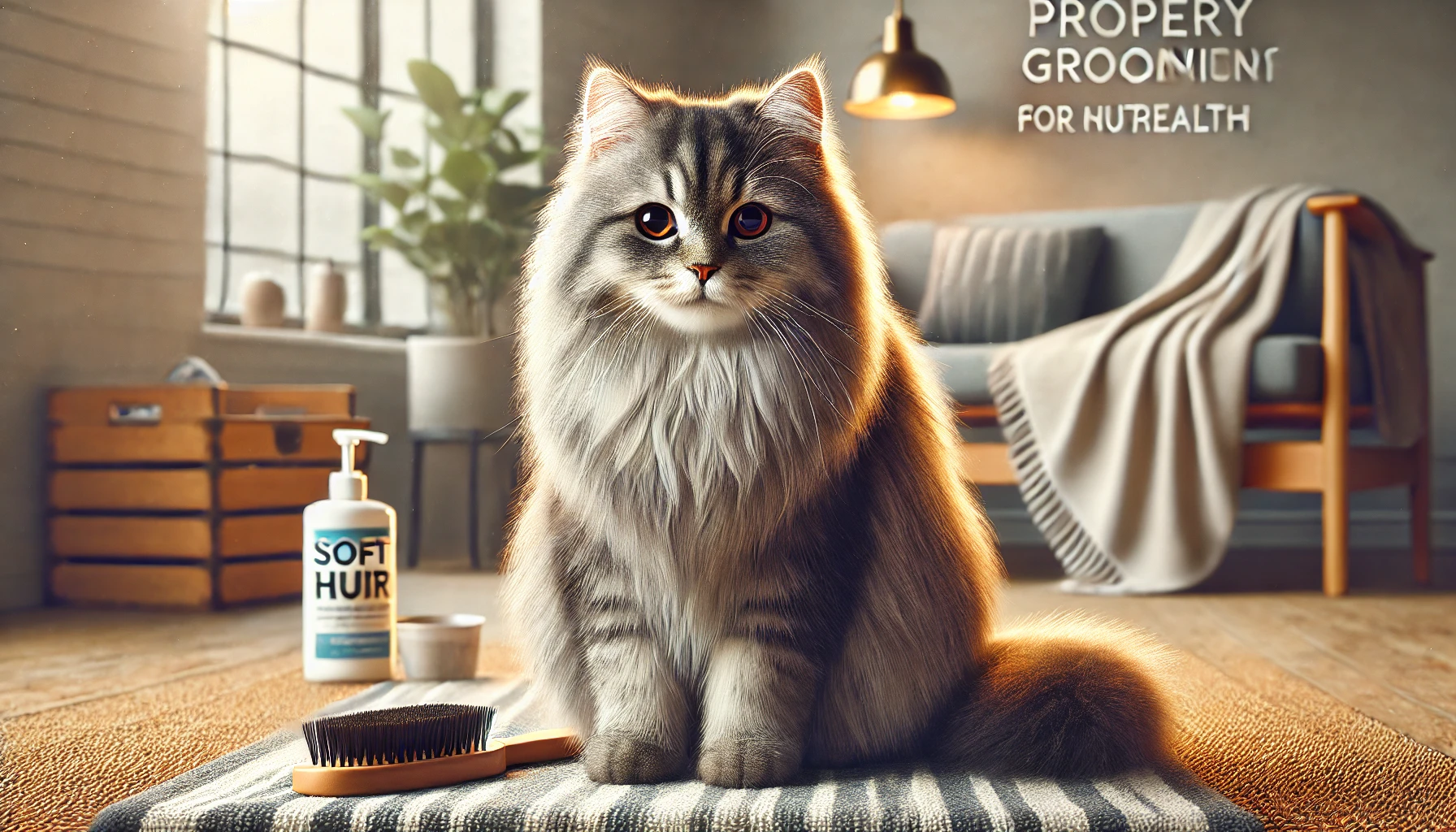
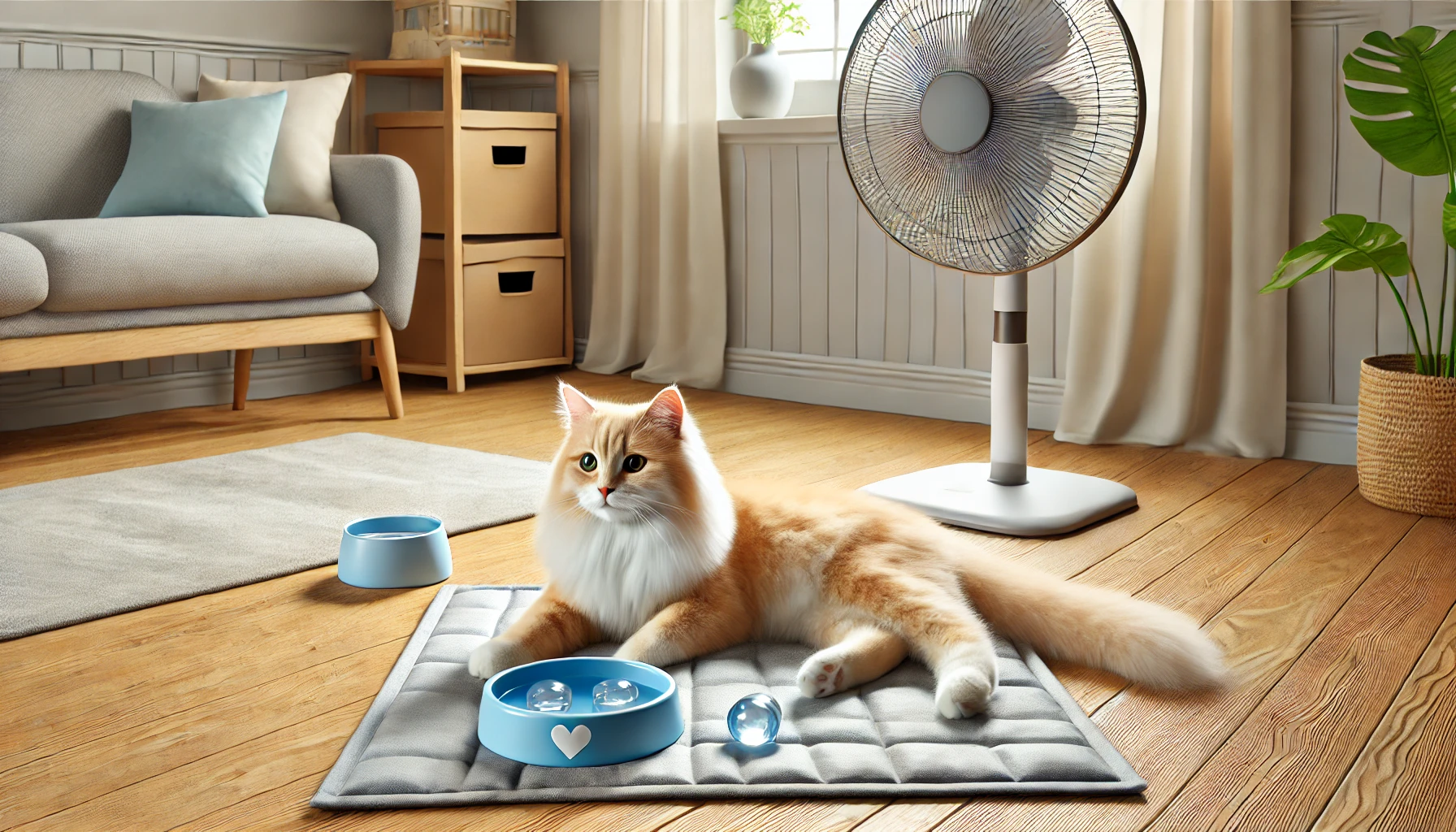
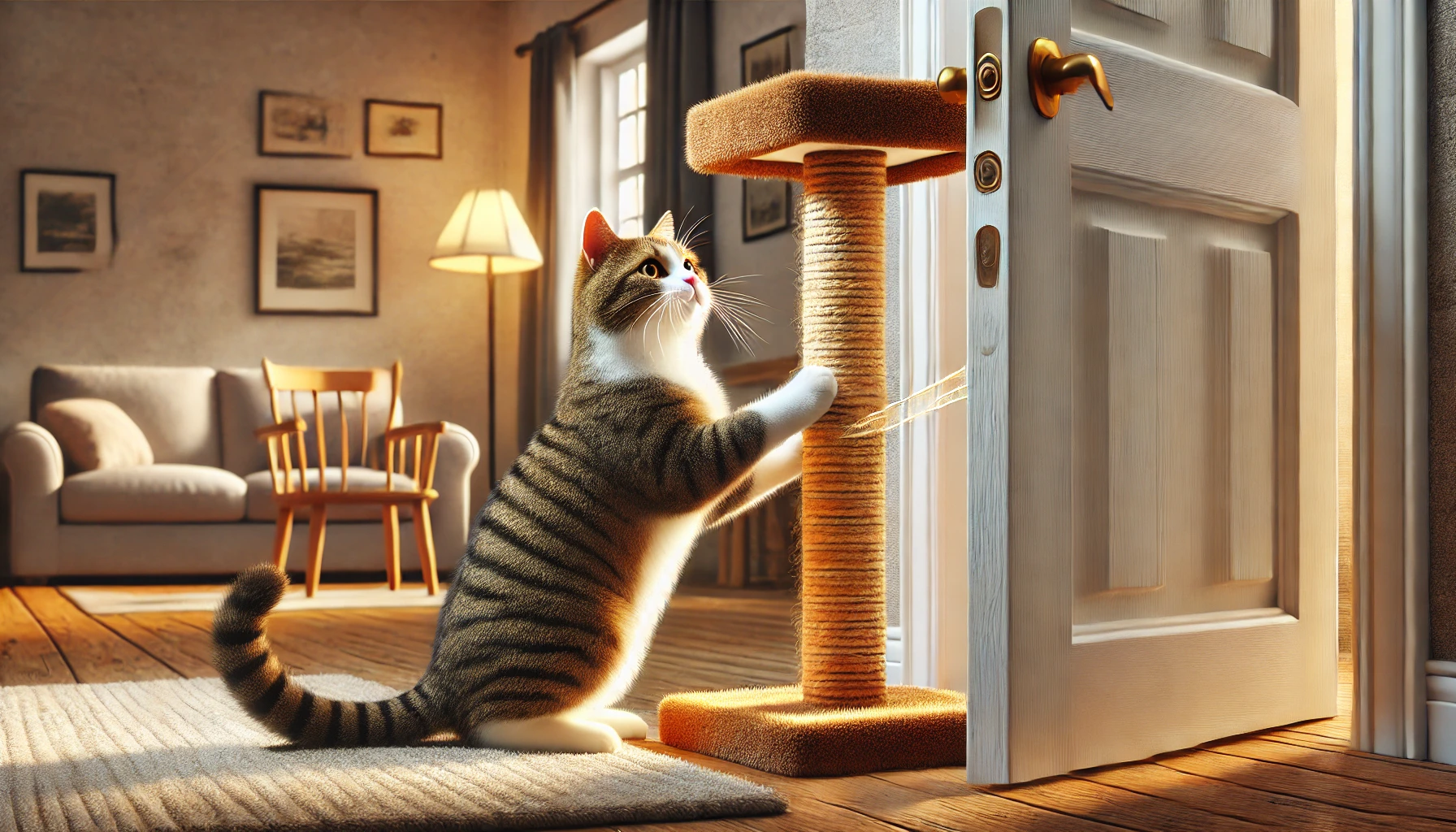
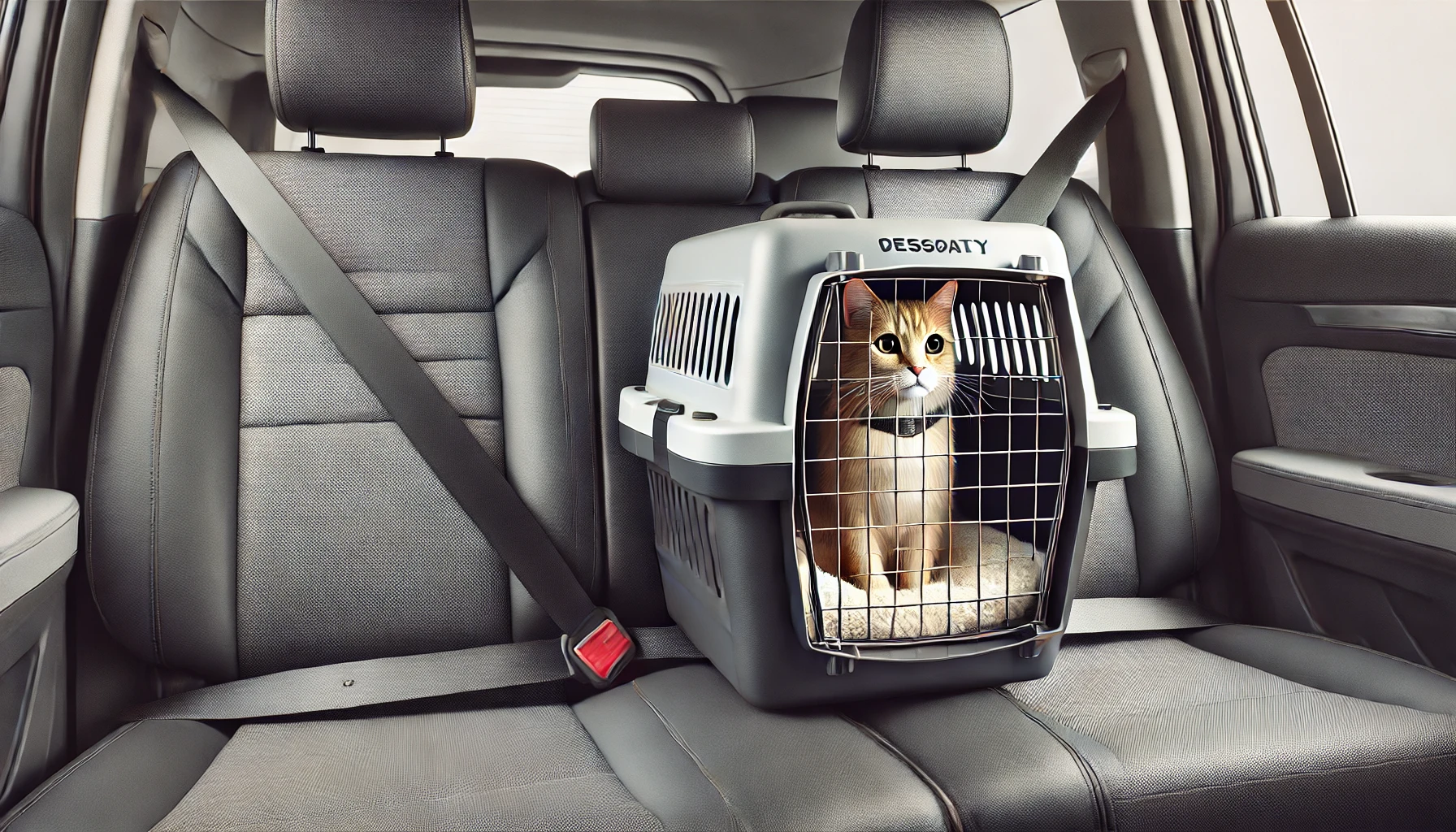
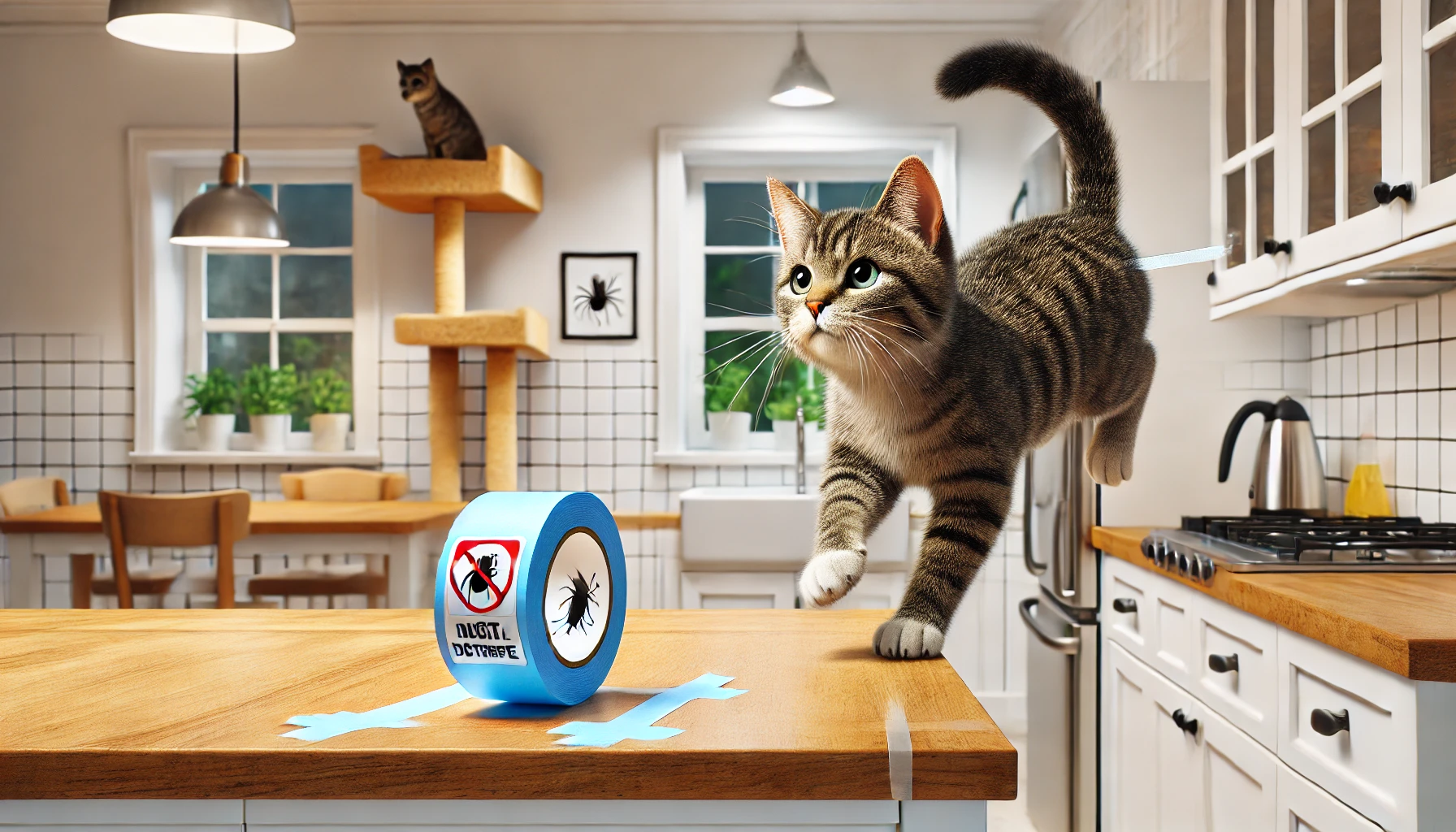
1 thought on “How to Keep Your Cat’s Coat Healthy and Shiny”